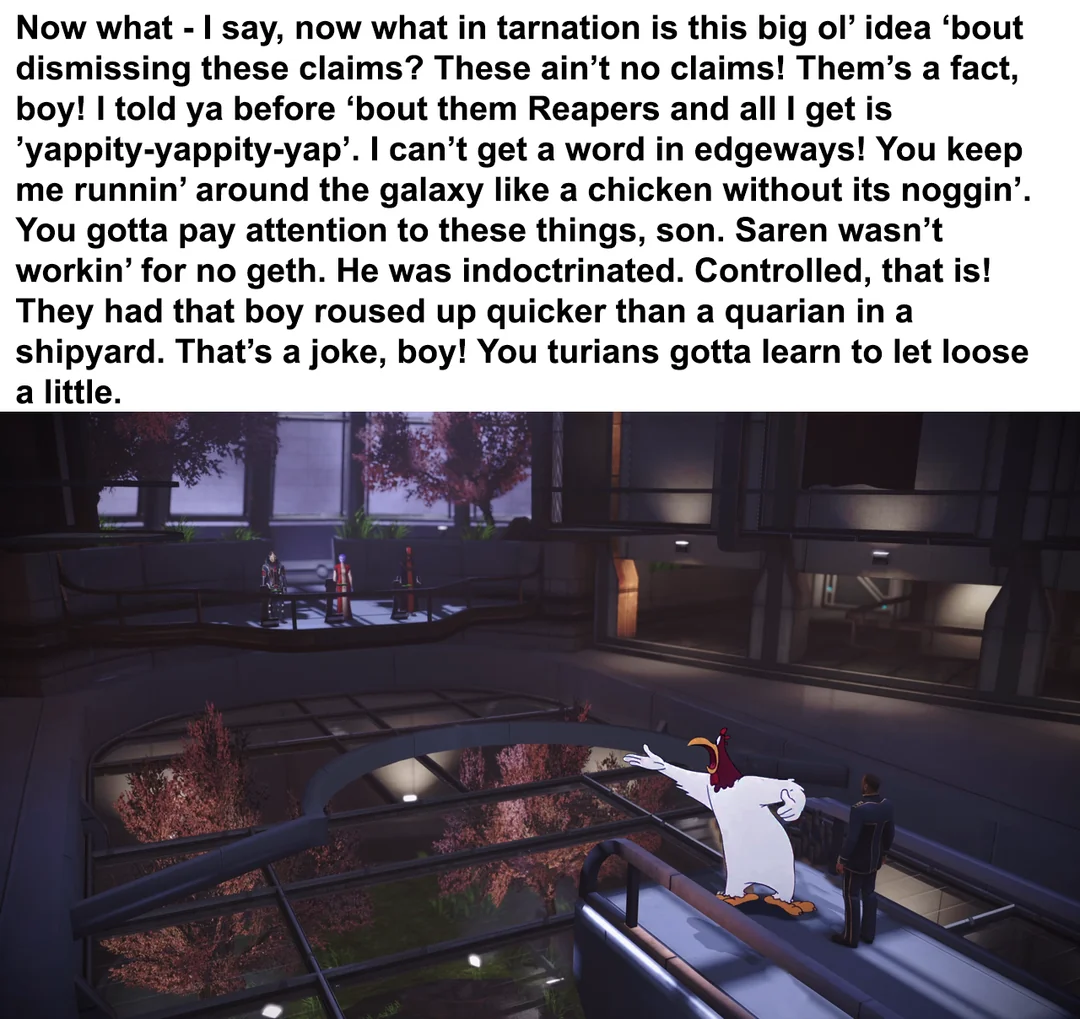Early Pink Floyd, especially the albums A Saucerful of Secrets and Meddle
stardustsystem
They don't read the books they just buy them
If we're gonna give everybody from Classic Who bit parts in new Who, the show needs to do a better job of explaining who the hell these people are besides 'oh the Doctor is excited so they're friendly'
The Jackboot fits, I don't care how much he cries about wearing it.
Published 2018 about a 2013 study. Still messed up.
Just another idea going off the cat thing - Scritches.
Build is solid, but here's some suggestions.
- Another 8TB HDD. the reason being you can merge the 4 drives of the same size into a RAID5 array for data redundancy.
- An SSD to install the OS on.
- (Optional) More RAM check the mobo to see the max size and speed it can handle, and then fill every slot with that.
I tried Joplin for a while but dropped it, too simple. Also tried Trilum, which I liked more but it's still a very young project.
Eventually, my Obsidian vault will go there, but not just yet.
*Employees" are outsourced vendors that can't afford to say no to executives, most likely
Rather than give you specific recommendations, here's some guidance for parts
Mobo: The more slots you have for RAM and storage, the better.
CPU: literally anything. More cores and faster cores are ideal, but CPU requirements for these things are generally lower than a desktop.
RAM: Buy 1 stick of the fastest and highest capacity RAM your motherboard can handle. When you're ready or you start to see slowdown, buy another of the same stick. You can get far on 16-32GB, you won't need much more until later.
Storage: an SSD for the OS and one or more HDDs for storage.
PSU: generally anything in the 500-700 range will be good. You'll want more if you plan to put a GPU in, though.




You might want to set up dynamic DNS for your domain. If you're hosting from a residential internet connection then your ISP will change your address eventually. Ddclient can be used to report your current IP to your Registrar regularly, so if it changes the domain moves along with it.